Pilgrimages Launches Next Week!
I’m keeping today’s newsletter sweet and short. I need to be preparing for my CEGEP job interview Tuesday, which is an excitement on top of an excitement for me, so I need the time to focus.
My debut poetry chapbook Pilgrimages launches this Sunday, September 21st at 8pm at La Marche à Côté, 5043 rue St-Denis. If you’re able to come, I’d love to have you. I’ll be reading from the chapbook, and I’ll also be reading some poems that didn’t make it in. If I’m lucky, I’ll be a CEGEP teacher by then too.
Another reason to come to Accent: my launch buddy Kirsten Shute will be reading from her new collection Fancfiction is for Teenage Girls, which has some very funny, clever, and entertaining poems covering everything from 9/11 to Anne of Green Gables + katana. She also ships the Biblical Esther with Scheherazade hard in this collection!
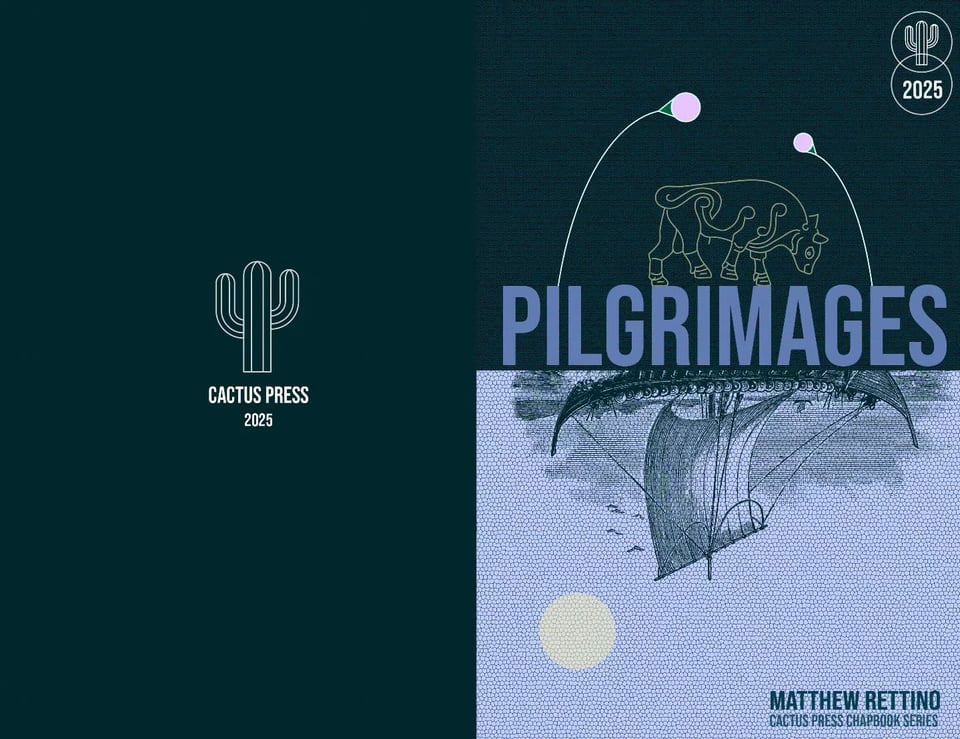
Stories behind the poems:
“Loch Carnan”
Today’s story behind the poem is about “Loch Carnan,” the poem where I describe the croft house I visited that might well be an ancestral Macaulay family croft house.
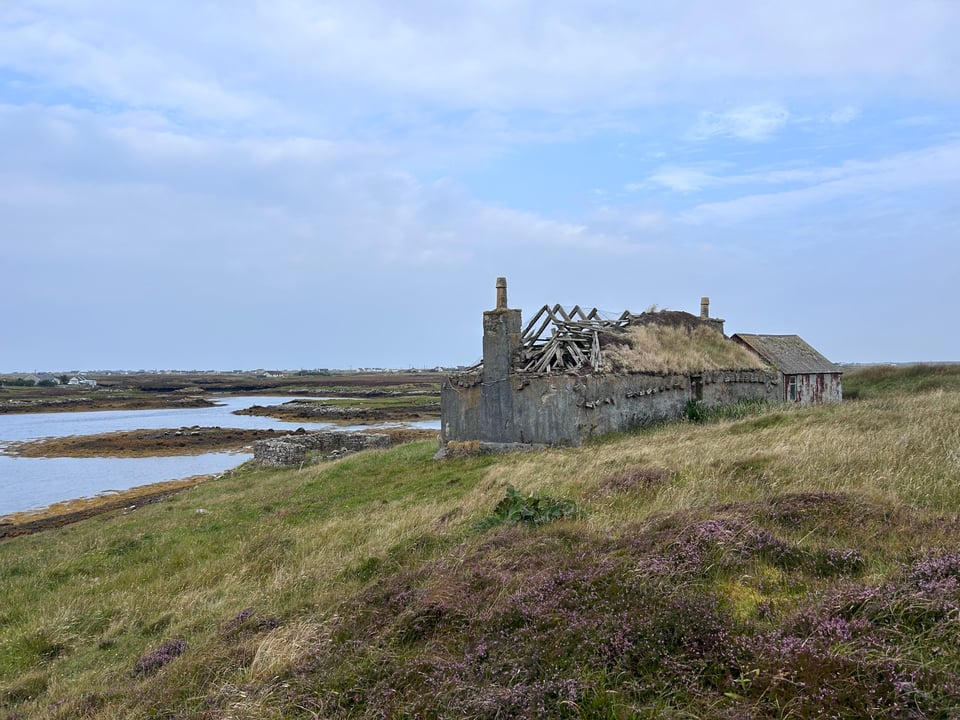
At one point, my uncles Neil and Peter and I were under the impression it was the very house where my great-grandfather Neil Macaulay (1865–1922) lived before moving to Glasgow, where he died, precipitating the Macaulay family’s emigration from Scotland to Canada in 1924 (my mother’s family). Seonaid, a local expert on croft ownership and family trees on South Uist, confirmed that it was a Macaulay family croft.
However, croft records imply the ownership history may be more complicated than we assumed.
My Uncle Peter visited the site in the early 2000s and it was a forlorn, run-down dwelling then. When I visited last year, the damage of the last few years was clearly visible.

My mother’s Uncle Angus, my grandfather’s brother, has said our family came from the Loch Carnan area. Although the croft house is closer to the Grosavagh bay on the Rhughasinish peninsula and does not directly border Loch Carnan, the croft can be said to be in the same area, and some of our relatives would have certainly worked and lived around the Loch Carnan port.
I wrote “Loch Carnan” as a tribute to the place where my ancestors may well have lived. If it was not in this croft, it was likely in one very much like it, and the family likely knew the people who lived there anyway.
I also reference a poem that appears earlier in the collection, “Cladh Hallan,” in which I connect the marram grass used in Iron Age roundhouses to the marram that is still used to roof croft houses like my great-grandfather’s. Indeed, roofers who knpw how to weave marram thatching still actively work on Uist cottages today.
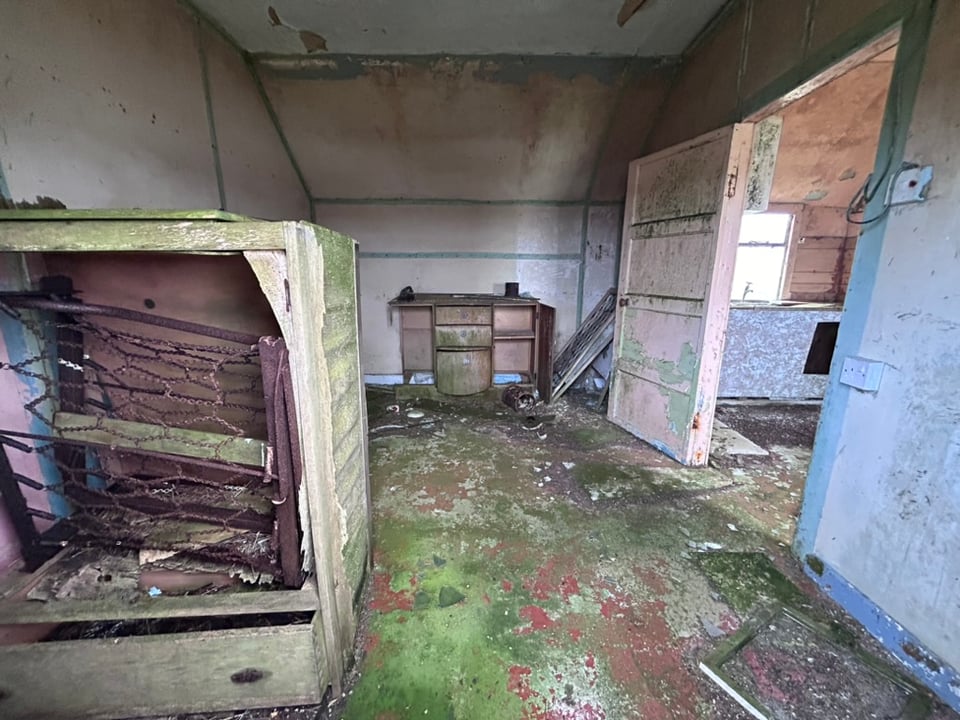
Appearances: September 21st
I will be reading “Loch Carnan,” and every poem that has been part of this newsletter series, at the Accent Open Mic on September 21st at La Marche à Côté (5043 rue St-Denis). The event begins at 8pm. Note that these open mics have a tendency to go past 11pm.
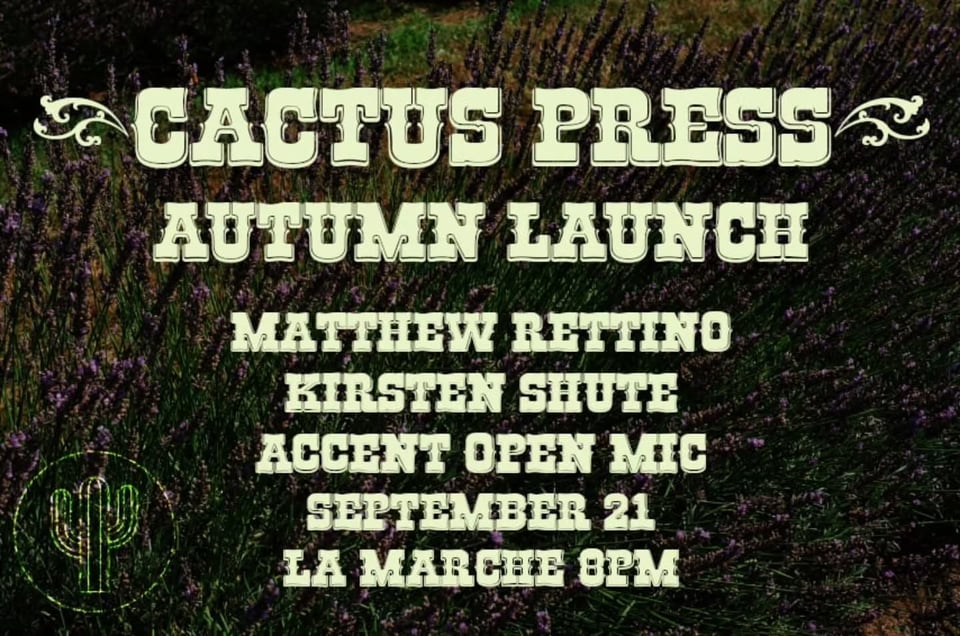
Archaeology of Weird Fiction Challenge
Every Monday I post a new reflection on a weird tale in Ann and Jeff VanderMeer’s The Weird: A Compendium of Strange and Dark Stories.
You can follow me on my journey through weird fiction by reading along to the free texts linked below. I also advise buying the anthology from a local bookstore if you can!
Last week’s story was Angela Carter’s “The Snow Pavilion,” a weird tale by the author of the modernized feminist fairy tales we all know and love. Carter blends fairy tale and gothic in a way that Guillermo del Toro certainly plays tribute to in his work. “The Snow Pavilion” builds a feeling of suspense through the uncanniness of children, dolls, innocence, and childhood, creating an unnerving and atypical haunted house story that burns slow before the rush of sickly terror at the end. You can read “The Snow Pavilion” for free.
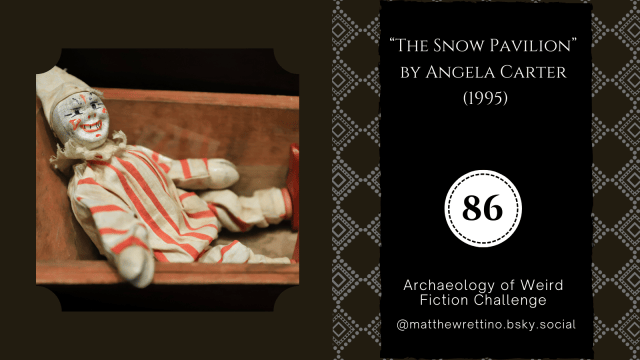
This week’s weird fiction author is Greg Padawer. His military fiction weird tale “The Meat Garden” is what would happen if all the weapons in the War in Iraq were plant-based, with seeds and spores raking up kill counts instead of bullets and IEDs. It’s frantic and tense like Black Hawk Down and the imagery is psychedelic in how it prompts you to imagine what these phantasmagorical battlefields look like as they provide covering fire and hunker down with gas masks while flowers bloom out of their downed comrades’ transformed bodies.
This one is a thrill ride, my friends. You can read it for free on the Conjunctions website.
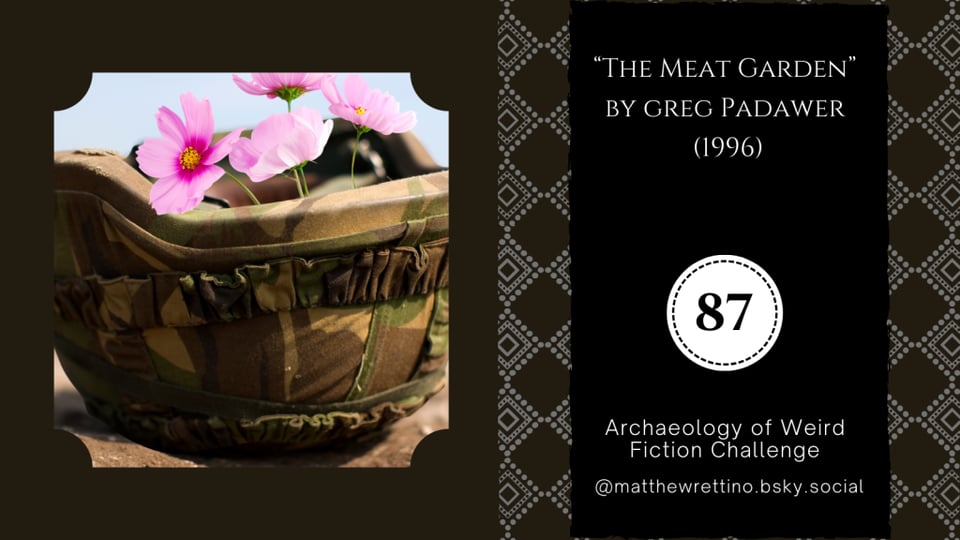
Writing Prompt
Inspired by Padawer, pick a tool or object in your house, apartment, or garage, and imagine how it would work if instead of it being made of metal, glass, or plastic, it was made of some kind of organic, still living creature or plant.
It doesn’t have to be a weapon, though it can be.
What if your teapot was a kind of turtle? What if you could grow your own forks, or collect new iPad charging cable seeds to plant for next year?